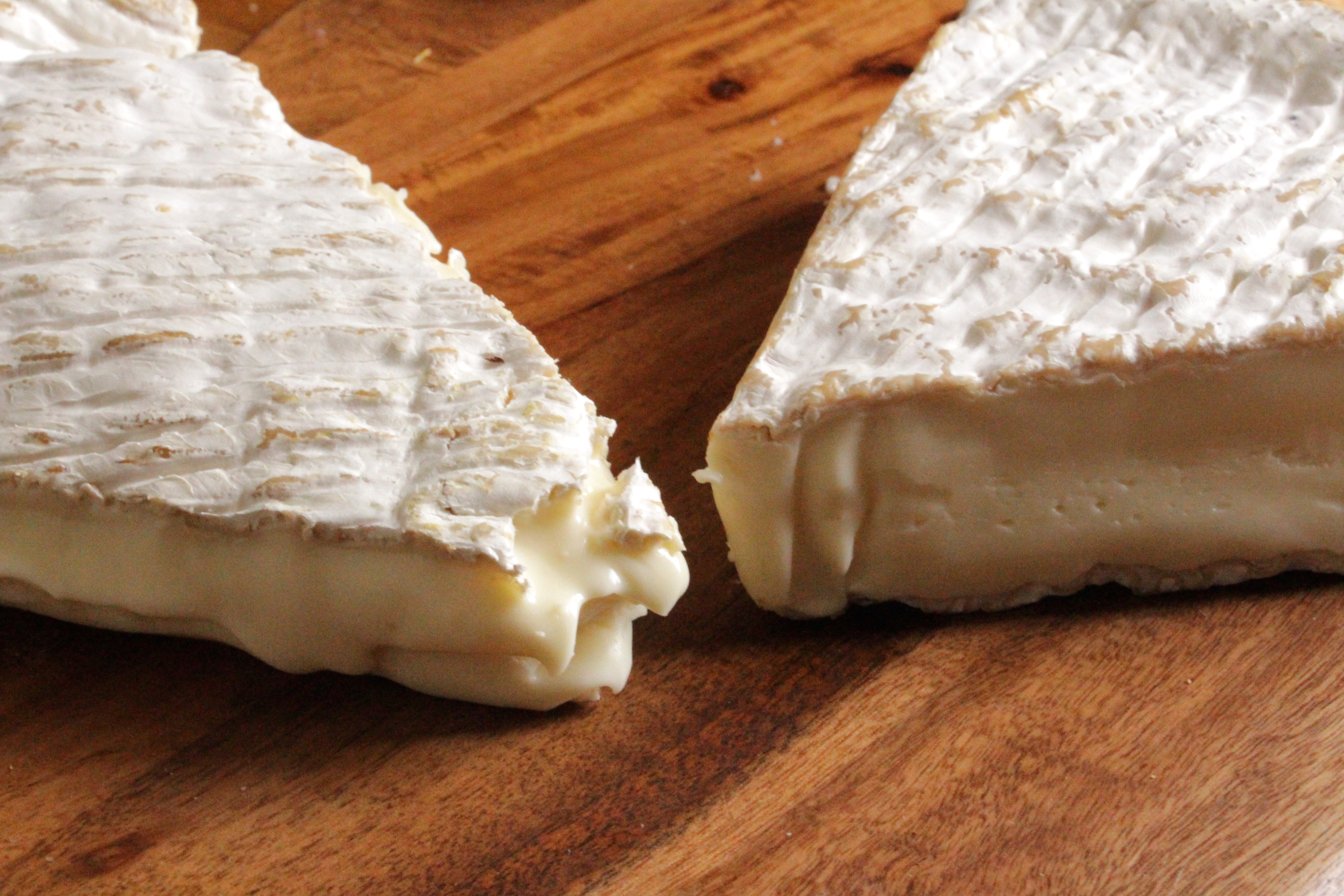They say that Comté is France’s favorite cheese, and Brie is Paris’. But here’s a secret for you: Brie doesn’t actually exist.
The term “Brie” is used to refer to a number of different cheeses – nearly a dozen, of which two have the prestigious AOC label – made in the Brie region outside of Paris. To say Brie is far too vague to be useful – so let’s break it down.
The two AOC Bries – Brie de Meaux (left) and Brie de Melun (right) actually get their names, not from the cities in which they’re made, but from the closest market towns, the cities in which they were sold. Brie de Meaux is the larger and, generally speaking, the milder of the two, while Brie de Melun is smaller and fatter and tends to have a funkier flavor. It’s also said to be the ancestor of all Bries, and it’s produced it the northernmost part of the Brie region, which is quite close to Paris.
Other Bries that don’t have AOC status include Brie de Montereau, Brie de Nangis, Brie de Provins, and Brie d’Isigny, amongst others. AOC status dictates where and how cheeses (and other foods, like wines) can be made, so to not have the status isn’t necessarily a comment on quality, but more on expectations: you won’t always get as similar a product if you’re buying, for example, two different Bries de Provins as if you were buying two Bries de Meaux.
And then, of course, you have the double- and triple-cream cheeses that Americans so love. These came about after the French Revolution, when priests who refused to pledge fealty to the new republic were escaping to England via Normandy. One such priest shared the recipe for Brie with the locals, who used it to develop Camembert. Because Normandy is so well-known for its cream, it’s no surprise that they began adding cream to these cheeses, which was then done in Brie as well, creating such classics as Brillat-Savarin.
But cream isn’t the only thing that Briards add to their cheeses. You’ll find Bries that have been split widthwise and filled with anything from mustard to black truffle.
Brie noir is a bit of an accidental success that first came about when AOC Brie producers, faced with a Brie that was too large, too small, or had some kind of physical anomaly like a crack in it, would dry the aged cheese and sell it to locals for less. Now this dry, aromatic cheese is sold in and around Paris as well.
The Brie family also includes a cheese called Coulommiers – lesser-known, perhaps, but it’s actually been around for longer than Brie itself. It’s also my personal fave, with a nuttier flavor. And when it’s soaked in gnôle (eau de vie) and rolled in breadcrumbs, like the above version… well, I’ve yet to meet a better fromage.




